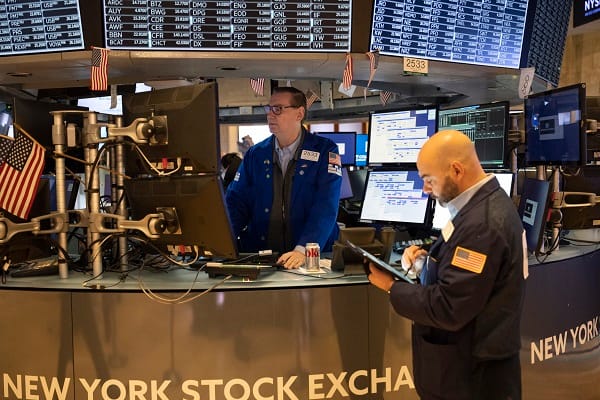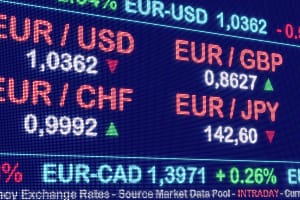Yesterday, we saw the S&P 500 decline by 1.38% after Fitch’s surprise decision to downgrade the US credit rating from the highest notch at AAA to the second highest at AA+.
While the agency notes that the financial deterioration in the next three years and the repeated negotiations on raising the debt ceiling, which threatens the ability of the United States to pay its obligations, are the main reasons for lowering the rating.
This decision to downgrade comes amid the general optimism prevailing in the stock markets about the ability of the US economy to avoid falling into recession in conjunction with expectations about the end of the cycle of raising interest rates after the last hike in last July, in addition to the strong quarterly results of companies for the second quarter, which widely exceed analyst expectations.
In response to this decision, Treasury Secretary Janet Yellen said that this assessment was wrong and did not take into account the strength shown by the US economy, whether in terms of the resilience of the labor market and low unemployment, or the continuous decline in inflation, or continuous growth and innovation.
Samer Hasn Market Analyst and part of the Research Team at XS.com said, “She also said that this decision will not change what the world already knows, that US government bonds are the safest and most liquid assets and that the fundamentals of the economy remain strong.
“Speaking of the labor market as well, the non-farm private sector added, according to the ADP report, 324K jobs last July, much higher than expectations of 189K.
“Attention is now directed to the non-farm payrolls report issued by the Bureau of Labor Statistics next Friday, to confirm the strength of the labor market, with expectations of adding 200,000 jobs.
“As for the most active stocks yesterday, semiconductor stocks were among the most declining yesterday, with AMD, Nvidia, Intel, and Micron stocks declining by 7.02%, 4.81%, 3.94%, and 3.66%, respectively.
“We also saw SolarEdge stocks fell 18.36% after mixed quarterly results for the second quarter in which revenue came in just short of analysts’ expectations of $991 million. Also today, we await the announcement of the quarterly earnings results of Apple, Amazon, and Moderna.
“In the bond markets, we saw some rises in bond yields yesterday morning and afternoon, in response to the decision to lower the rating, which led to waves of selling that led to a temporary rise in yields, before returning to a decline.
“The yield on two-year Treasury notes rose to 4.939% at the height of yesterday’s highs before falling back to 4.883% at the close.
“We also saw the yield on the 10-year Treasury bond, which is sensitive to expectations of long-term growth and interest rates which in turn change with expectations of a recession, rose to 4.126% at the peak of the highs.
“It is also worth mentioning in the bond markets, which may reflect the state of optimism in the markets after the rating downgrade.
“Yesterday’s session was the seventh session in a row, and for the first time since 2021, in which the difference between the yields of ten-year and two-year bonds closed higher, as the difference reached 0.7990%-.
“When the difference entering the negative area, we see what is called the inverted yield curve, which may indicate the possibility of the economy entering a recession within a period of 12 months.”






Leave a Comment